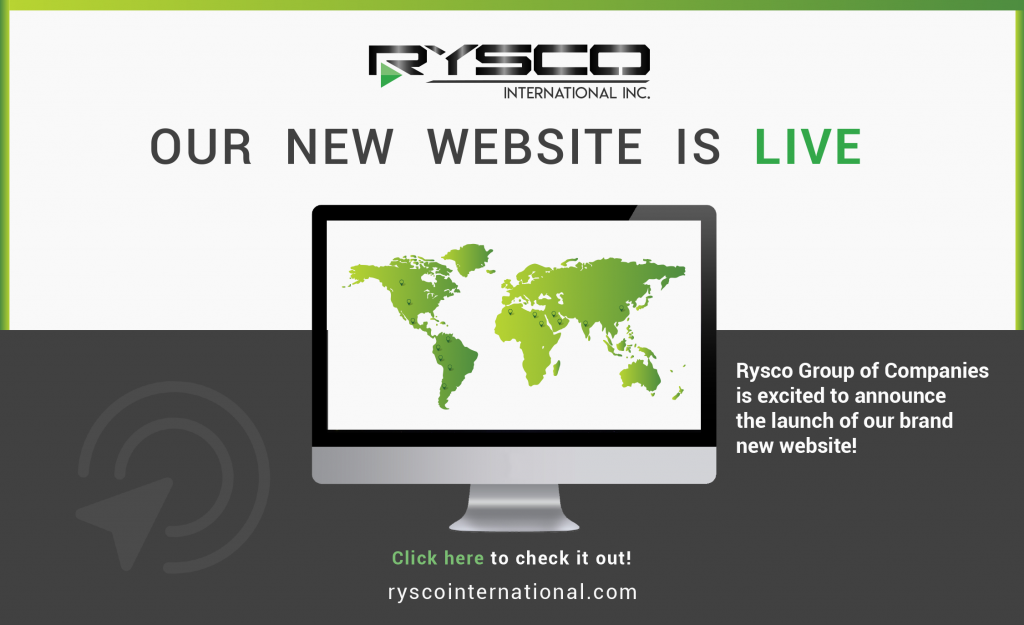
![]()
Rysco Integrity maintains a diligent and extensive cradle to grave pipeline integrity and data management system. The staff has a broad range of integrity management experience ranging from small junior producers to large Oil and Gas producers. At Rysco Integrity Services, the importance of thoroughly evaluating the risk to your infrastructure is considered fundamental to having a properly operating pipeline system. We have the industry knowledge and real-world hands-on experience to implement and maintain an effective program to manage operational effective from an asset integrity perspective. Risk = Hazard (Corrosion Threat) x Probability (Likelihood) of Failure. Operating a successful corrosion management plan (CMP) requires a synergy between Management, Technical Staff and Operations personnel. There should be a focus on a regular exchange of information and data during implementation and updates to the CMP. Asset integrity means ensuring a pipeline (or vessel) and all its associated equipment are operating properly. It concerns keeping the infrastructure safe for its operating life. It involves ensuring that everything is done to confirm that the pipeline is designed, built, and operated to be safe, reliable and sustainable. Unique features that may be along its route like river/creek, rail or road crossings can have different impacts on the pipeline. River/Creek crossings can undermine the soil cover of the pipeline which can lead to pipeline being exposed at the banks or underwater, but it can also lead to the pipeline not being supported properly anymore which can lead to cracking from unwanted or designed flexing moments. Road or Rail crossings can also have detrimental effects on the integrity of the pipeline due to excessive weight loads or cycling loading which can lead to cracking or unwanted flexing. Road or Rail crossings are usually constructed with a casing around the pipeline to protect it from irregular loading but then the casing itself can add another unwanted corrosion mechanism to the pipeline if it’s not operated properly and the vents checked during the regulated inspections interval. Risk Assessments are another tool in the integrity toolbox that are critical to the operational integrity of pipeline infrastructure. Not only are they an annual requirement in some jurisdictions, but they can provide valuable insight into the health of your operating system. Risk Assessments can identify areas of concern before detrimental events happen. There is a plethora of information gathered to complete a risk assessment on any pipeline system. This includes everything from Right of Way (ROW) inspections, emergency mainline valve checks, chemical program reviews, and pigging records, to generating elevation profiles. Elevation profiles are an important piece of information as they will identify any low-lying areas of the pipeline that could contain stagnant fluid which can lead to accelerated corrosion growth if the conditions are less than optimal. This in turn can be used as a tool to address to the pigging program. External Management of the pipeline is another element of the CMP which is just as important as the internal management program. Cathodic Protection (CP) is a technique used to control the corrosion of the external metal surface. An impressed current CP system polarizes the steel so that all of the potentials between the anodes and the cathodes at the external surface of the pipeline are equal. For certain structures like very long pipelines where passive galvanic cathodic protection is inadequate (anode ground beds), then an external DC electrical power source (Rectifier) is used to provide enough current. There are other external inspection methods in the cathodic protection family to check for things such as flaws or breaks in the external coating of the pipeline which can lead to localize corrosion cells, such as CIS (Close Interval Survey) or ACVG (Alternate Current Voltage Gradient) surveys which can pinpoint the location of coating faults to be identified and quantified.
CSA Z662 Requires that an annual pipeline risk assessment be conducted and sometimes the amount of data required needs specialized attention. It can also bring up issues that might get overlooked.
Yes, we can work with operations and all required third party firms on your behalf to gather the applicable information.
Yes, we can look after all your cathodic protection needs through our affiliated companies. We also require the Cathodic Data Reports as part of the external corrosion management program. We also use the data as part of the annual risk assessment.
Pipeline Integrity and Data Management services include – Annual Risk Assessments, Chemical Program Review and Effectiveness, Cathodic Protection Program Review and External / Internal Corrosion Management Programs
Why do I need Pipeline Integrity Management?
Do you gather or collect all the necessary information required for an annual assessment?
Can you do the required cathodic surveys and repair?

